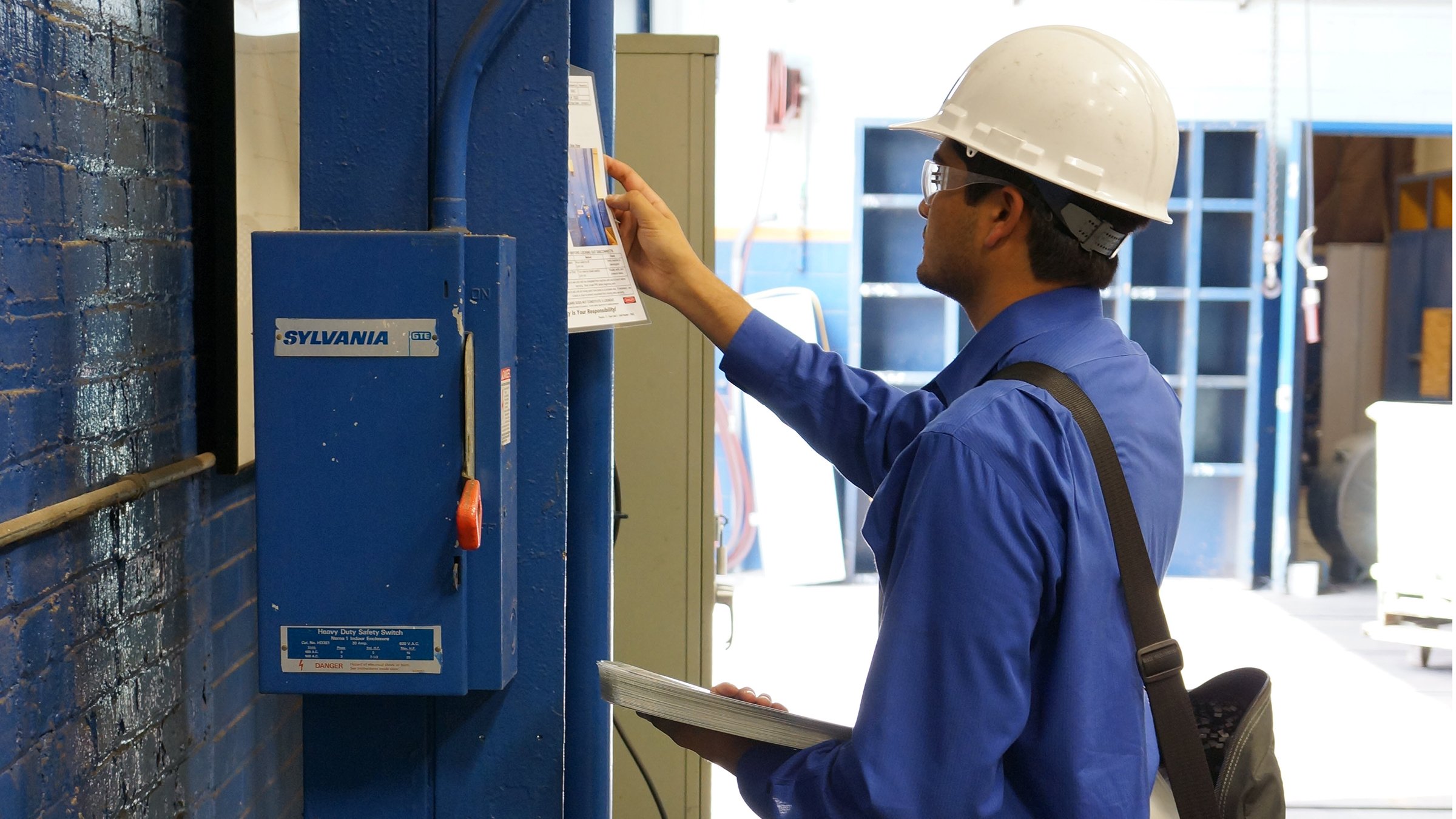Lots of companies try to add extra information to their lockout/tagout procedures because they see it as being helpful and necessary, but this isn’t always the case. There have been instances when companies have attempted to include an Alternative De-energization Procedure (ADP) in their LOTO procedures.
If someone looked at this and attempted to follow the section detailing how to lockout a piece of equipment, they may get confused and follow the ADP instead. If this were to happen, then they could possibly be putting themselves in harm’s way as they have not fully locked out the equipment.
As you can see, some additions can start to cause clutter and make it harder for the authorized user to proceed through the proper steps to complete lockout/tagout. When too much information is included, it starts to become more of a hindrance than a help and can lead to an improper lockout or to users ignoring lockout/tagout procedures entirely. Even though there may be the best intentions by adding details, it can instead make lockout/tagout much more difficult, and potentially more dangerous, than it needs to be.
Procedure Documentation Types Should Vary
There isn’t one exact set standard for procedures, as they can vary depending on company and industry. OSHA allows freedom in the implementation of the procedure format as long as the regulation’s intent and minimum requirements are met. You may need to add small details that can make a LOTO procedure more specific and helpful. There are lots of different documentation formats that can be used for a LOTO procedure.
The way a procedure is documented can make a big difference to the person trying to carry it out correctly. The different types of procedure documentation will vary depending upon each company’s size and needs. When authorized employees are locking out equipment, especially complex pieces, it is generally recommended to utilize a graphical format. Graphical procedures tend to provide the clearest, most easily accessible and visually appealing guidance for employees, so as to not confuse or distract them from performing the lockout safely.
Are your lockout/tagout procedures as clear and effective as they can be? Do your procedures meet all the standards of OSHA 1910.147? Could you use some assistance with your lockout/tagout program? Learn more about the ways Safety Services from Rockwell Automation can help you with all things lockout/tagout.


